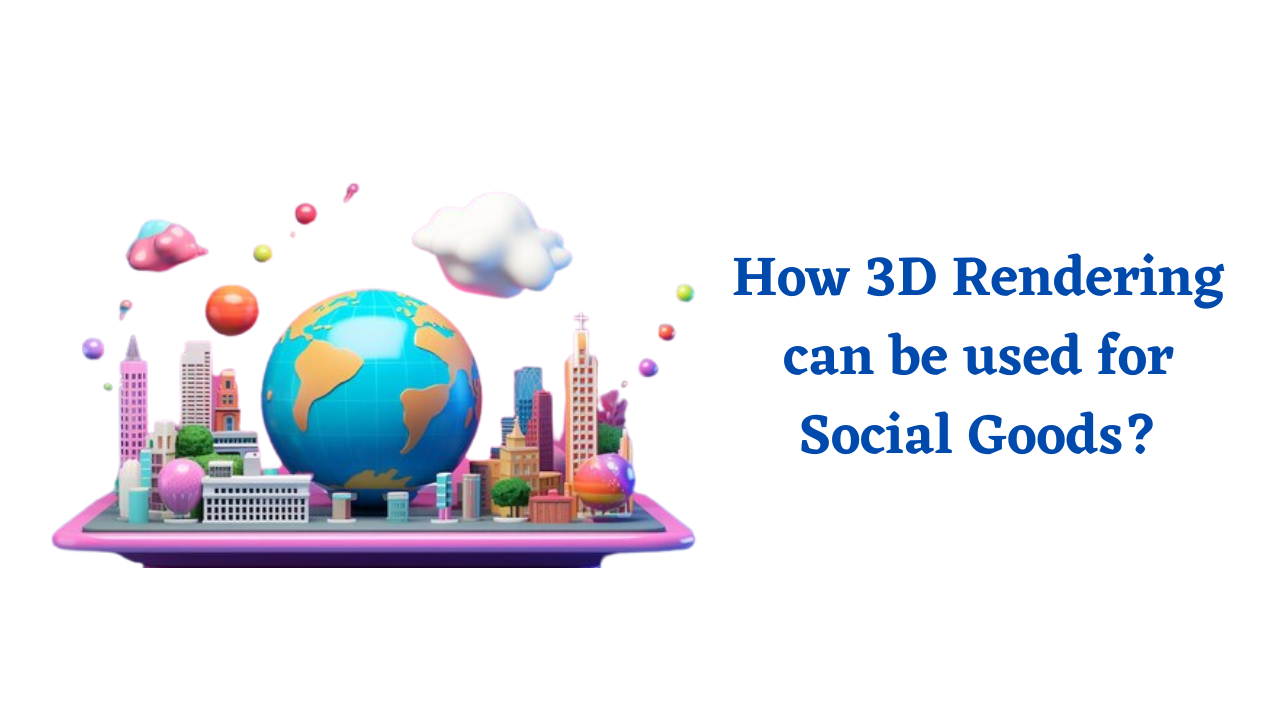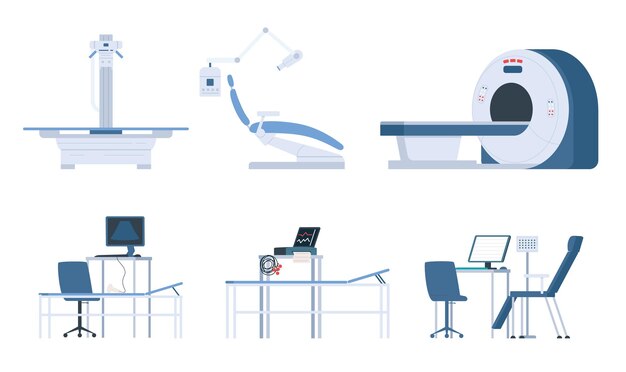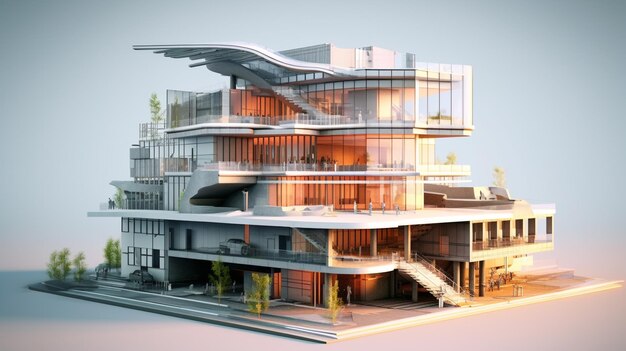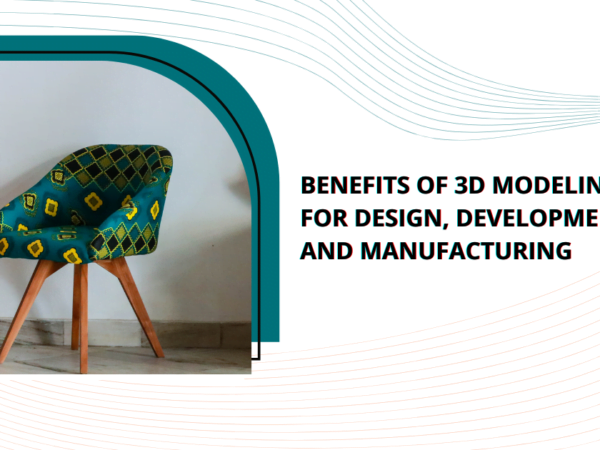
In this digital age, where visuals have the ability to convey messages more effectively than ever before, the application of 3D rendering for social goods has emerged as an impactful and innovative way to address critical issues, raise awareness, and drive positive change.
In this article, explores how 3D rendering can be used for social good, revolutionising industries and transforming lives.
What is 3D Rendering?
3D rendering is a captivating technology that brings two-dimensional designs into vibrant three-dimensional life. It’s like turning imagination into reality on a digital canvas. In simple terms, it’s the process of generating a 2D image or animation from a 3D modelling using specialized software.
Think of it as the wizardry behind lifelike video games, architectural visualizations, and dazzling special effects in movies. 3D rendering creates stunning visuals that help architects, designers, and artists showcase their ideas, and it’s an essential tool in industries ranging from interior design to engineering.
Whether it’s crafting virtual worlds, visualizing building structures, or simulating product designs, 3D rendering is the key to turning concepts and blueprints into eye-catching, realistic images or animations that captivate our senses. So, in essence, it’s the bridge that connects the imaginative with the visual, making the extraordinary look entirely believable.
Top 10 use of 3D Rendering for Social Goods
1. Customised Assistive Devices
One of the most profound applications of 3D rendering is in the creation of customized assistive devices for individuals with disabilities. From prosthetic limbs to communication aids, 3D rendering software enables the design and production of tailor-made solutions that significantly enhance the quality of life for people with special needs.
2. Medical Training Simulations
In the field of healthcare, 3D rendering is revolutionizing medical training. Realistic simulations allow medical professionals to practice surgical procedures, hone their diagnostic skills, and familiarize themselves with medical equipment in a risk-free virtual environment. This results in better-prepared healthcare providers and, ultimately, improved patient care.

3. Disaster Preparedness and Response
3D rendering plays a pivotal role in simulating disaster scenarios and developing effective emergency response plans. By creating lifelike disaster simulations, organizations and communities can better prepare for natural disasters, mitigate risks, and respond more efficiently when crises occur.
4. Environmental Conservation
Environmentalists and conservationists are turning to 3D rendering to visualize and simulate the impact of environmental changes. This technology aids in planning and executing conservation efforts, as well as making informed decisions regarding sustainable practices to protect our planet.
5. Accessible Design
Creating inclusive and accessible spaces is a priority in today’s society. 3D rendering is used in a variety of industries to design products, buildings, and public spaces that are accessible to all, regardless of physical abilities. This contributes to a more inclusive and equitable world.
6. Interactive Educational Resources
In the realm of education, 3D rendering is leveraged to create interactive and immersive learning materials. Students can explore complex subjects with greater depth and engagement, and educational resources become more accessible, even in remote or underserved areas.
7. Prosthetics and Orthotics
The field of prosthetics and orthotics benefits immensely from 3D rendering. It enables the design and production of affordable, custom-fit prosthetic limbs and orthotic devices, restoring mobility and independence to those with limb differences.
8. Architectural Accessibility
Architects use 3D rendering techniques to design buildings and public spaces that adhere to accessibility standards. This ensures that everyone, including those with disabilities, can navigate and enjoy public places comfortably.

9. Public Health Initiatives
3D rendering is utilized in modeling disease spread, aiding healthcare professionals and policymakers in making informed decisions about disease control and prevention strategies, particularly in the face of global health challenges.
10. Urban Planning and Sustainability
Urban planners employ 3D rendering to design sustainable, green cities with efficient transportation systems. These efforts improve living conditions, reduce environmental impact, and enhance the overall quality of urban life.
Examples of 3D Rendering is being used for social goods today
- Develop new medical treatments: Researchers at the University of California, Berkeley are using 3D rendering to develop new medical treatments for cancer and other diseases. They are using 3D-printed models of tumors to test new therapies and to plan surgeries.
- Educate the public about climate change: The non-profit organization Climate Central is using 3D rendering to create virtual reality experiences that show the impact of climate change on different parts of the world. These experiences help people to understand the real-world consequences of climate change and to take action to address it.
- Cultural heritage sites: The non-profit organization CyArk is using 3D rendering to create digital copies of cultural heritage sites around the world. These digital copies can be used to preserve the sites for future generations, even if they are damaged or destroyed.
- Create inclusive and accessible designs: Architects and designers are using 3D rendering to create inclusive and accessible designs for buildings and other spaces. For example, 3D rendering can be used to test the accessibility of a new building design for people with disabilities.
In conclusion
The impact of 3D rendering on society extends far beyond aesthetics and entertainment. Its applications in fields like healthcare, disaster preparedness, environmental conservation, education, and accessibility are changing lives and making the world a better place. By harnessing the power of 3D rendering for social goods, we can drive innovation, promote inclusivity, and create a brighter future for all. As technology continues to advance, so too will the opportunities for 3D rendering to positively influence our world.
If you are also looking for a 3D rendering service, just Contact us here or email us: info@shalindesigns.com . As technology continues to advance, so too will the opportunities for 3D rendering to positively influence our world.



